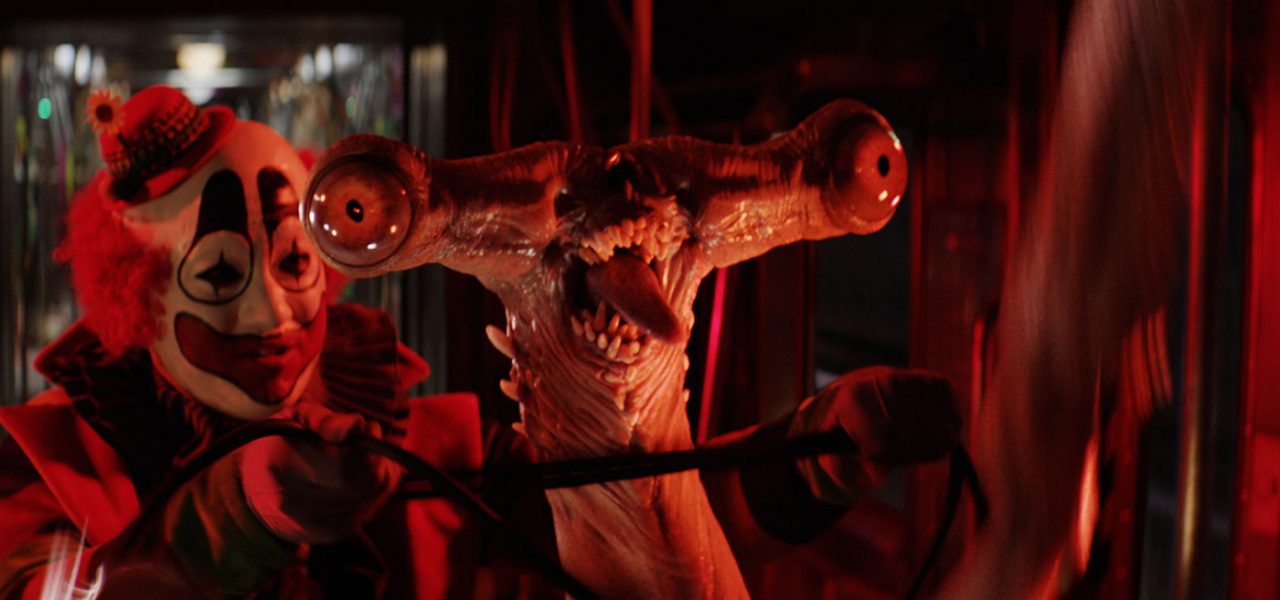
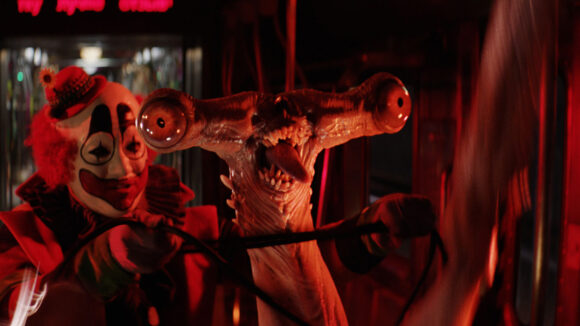
Who Did The Visual Effects For ‘Animal World,’ The Chinese Action Film Coming Soon To Netflix
After Jurassic World: Fallen Kingdom and Incredibles 2, the third-highest-grossing film at the global box office last weekend was the vfx-packed Chinese film Animal World.
Produced by Enlight Pictures and directed by Yan Han (Go Away Mr. Tumor), Animal World is based on Nobuyuki Fukumoto’s manga Ultimate Survivor Kaiji. (Fukumoto’s comic was previously adapted as a Japanese film, the 2009 production Kaiji: The Ultimate Gambler, which also sparked a sequel in 2011.)
The film follows a a young man named Zheng Kaisi (Li Yifeng) who becomes trapped on a gambling ship operated by a menacing impresario (Michael Douglas) and is forced to take part in a violent game with life-or-death stakes.
Netflix has already acquired worldwide rights to the film for all territories outside of China.
Here’s the trailer:
The production vfx supervisor for the film is John Dietz, whose company Bangbang Productions oversaw the visual effects, which were produced by Weta Digital, Rising Sun Pictures, Fin Design + Effects, and The Monk Studios. For both Weta and Rising Sun, it’s the first time they’ve contributed to a major Chinese production aimed for the international market.
Wellington, New Zealand-based Weta delivered the film’s train scene, where the hero turns into a sword-wielding fighter clown and has to battle his way through creatures who ooze rainbow-colored blood. In addition to the creatures, parts of the train and much of the city were digitally-generated vfx.
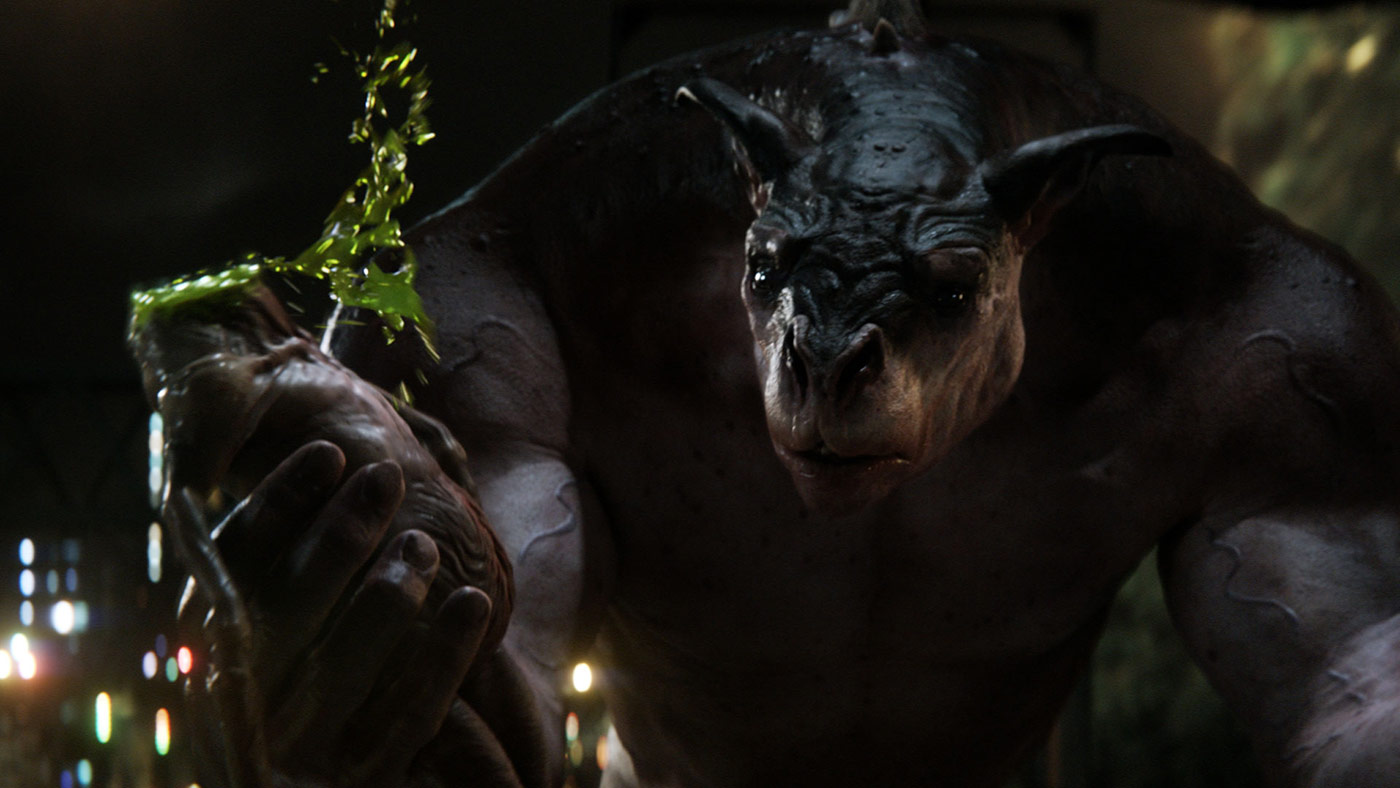
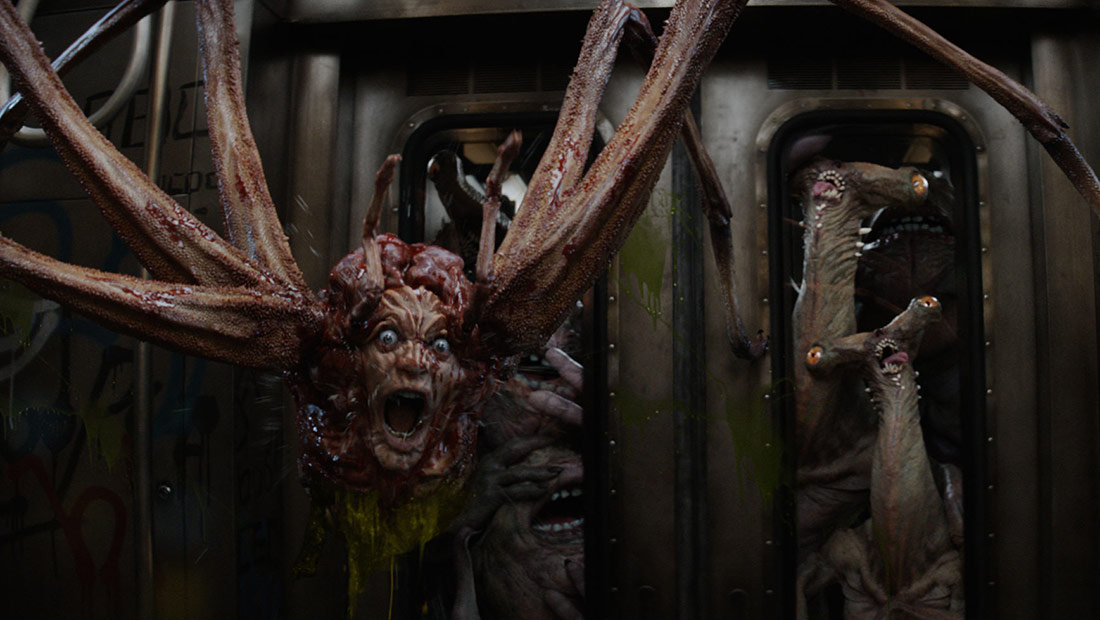
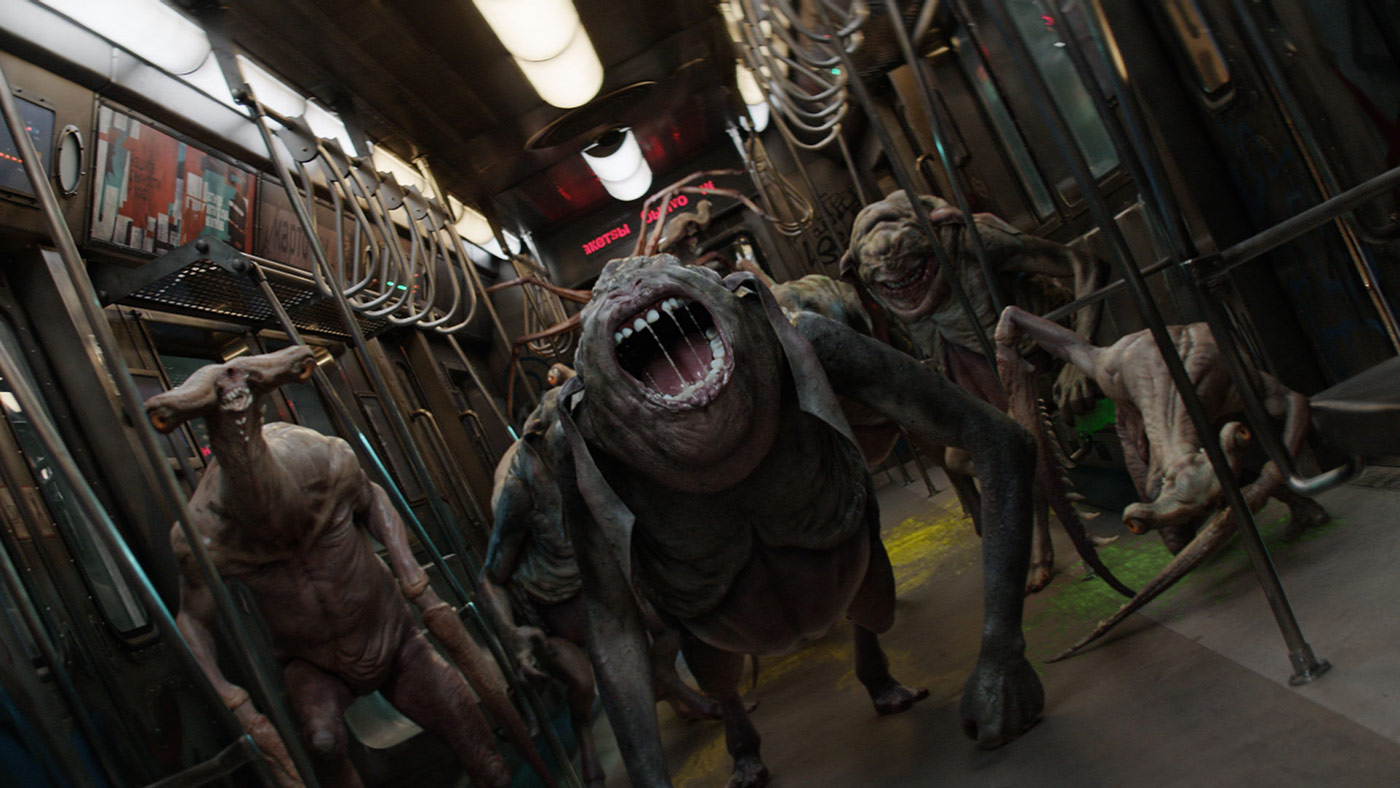
Adelaide, Australia-based Rising Sun Pictures delivered 86 vfx shots, encompassing many different parts of the film, including a card-playing creature, a dream sequence, a car chase, and a moody hero shot of “Destiny,” the freighter-turned-floating-casino that serves as the film’s primary location. Those shots comprised seven key sequences in the film, amounting to nearly nine minutes of material that was either fully or nearly-fully cg.
The studio worked on the tall, reptilian creature Hightower. Elsewhere in the film, he is depicted as a vicious warrior, but in Rising Sun’s sequence, is relaxing in a casino and playing cards. “We had to modify the creature for our sequence to give it hands,” said the studio’s cg supervisor Ryan Kirby. “That required high-definition muscle simulation. We needed to make sure that the body performance was up to scratch because we had them so close to camera. They also had to act a bit more, and even be a bit silly.”
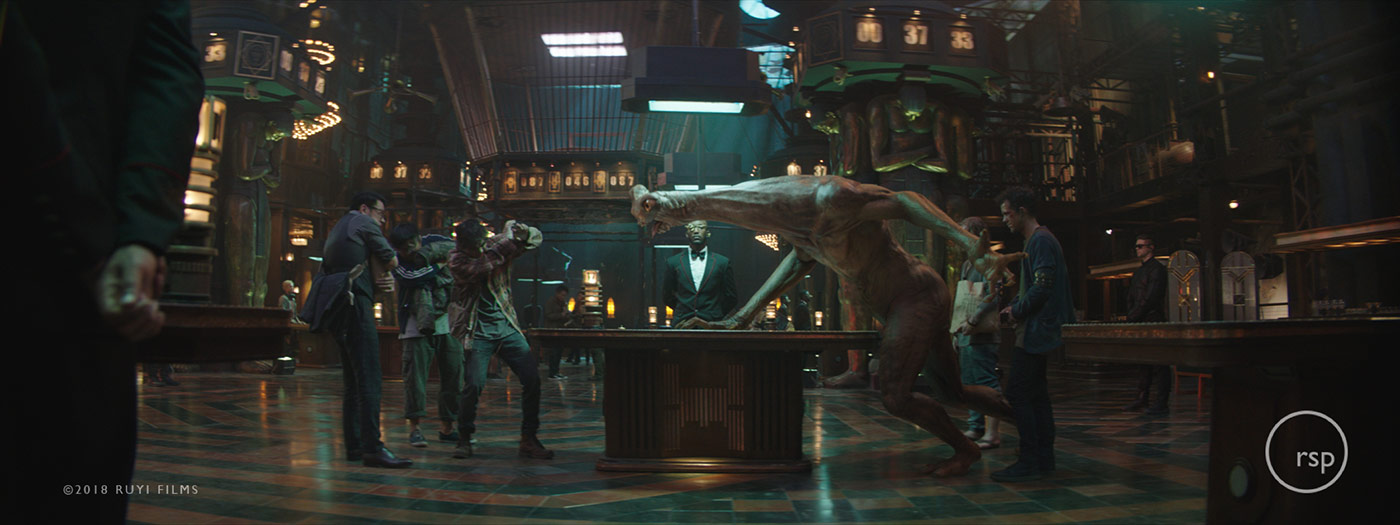
In Rising Sun’s longest sequence — occupying more than 90 seconds of screen time — the dejected hero walks through a casino door and suddenly finds himself tumbling in space, falling through the clutches of a claw-like patch of clouds before landing in an ocean where he is attacked by giant sharks.
Everything in the shot was cg except for the actor. “[Director] Yan Han wanted it to feel trippy and creepy at the same time,” said Rising Sun’s vfx supervisor Malte Sarnes. “We went through many iterations with him and John Dietz. It was hard to get the tone just right, because it’s so subjective. It was the most challenging, and the most enjoyable, scene in the film.”
Added Kirby, “It was challenging in terms of physical space and the changing scale. A single camera move is sustained for the full 90 seconds as Kaisi passes through four crazy environments. We go from a corridor into space, into water, into a frozen droplet and back to the corridor.”
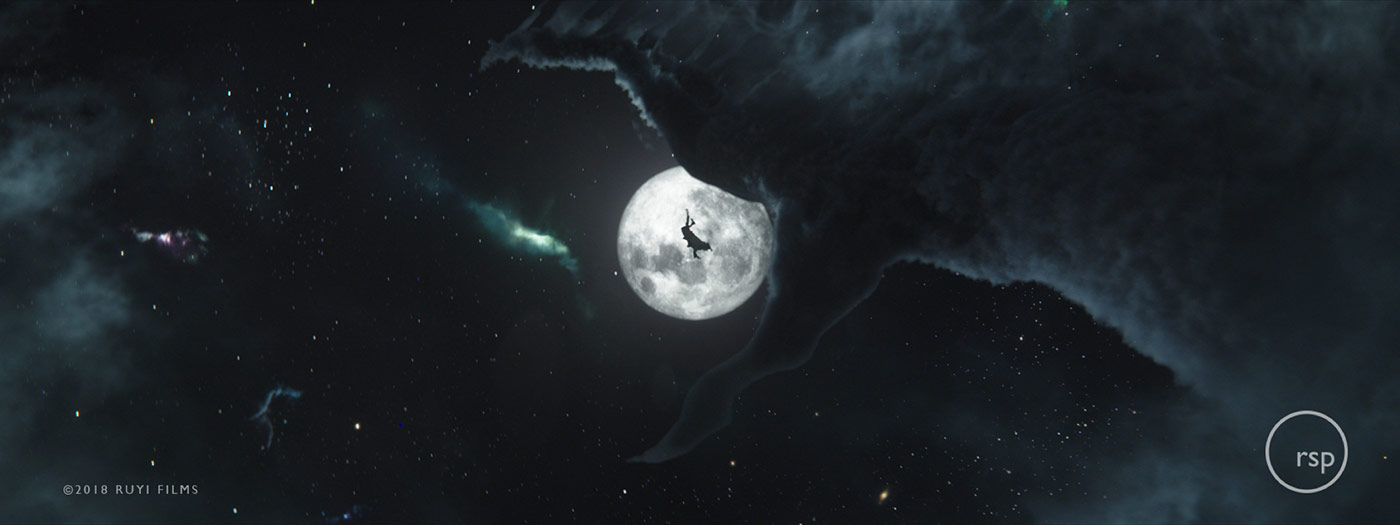
Sydney, Australia and Shanghai-based Fin Design + Effects delivered a little over 100 shots on the film. One of the studio’s key assignments was a glitch effect that transforms the lead into fighter clown mode. The studio also handled the “Limboland” sequence, during which the hero is introduced to the rules and theories of the game that he’s being forced to play.
“Rather than go with a traditional motion graphics treatment to explain the gameplay, we chose instead to create an imaginary space which we called ‘Limboland,’” Fin vfx supervisor Stuart White told LBBOnline. “It represents a room inside our hero’s mind into which he retreats to plan his strategy in the game. The visual elements of cards and art deco design are all lifted from the world in which the action takes place, but his mind has mashed them up into a room that only he can see.”
Bangkok, Thailand-based Monk Studios created the film’s opening title sequence, with additional contributions by Weta Digital.
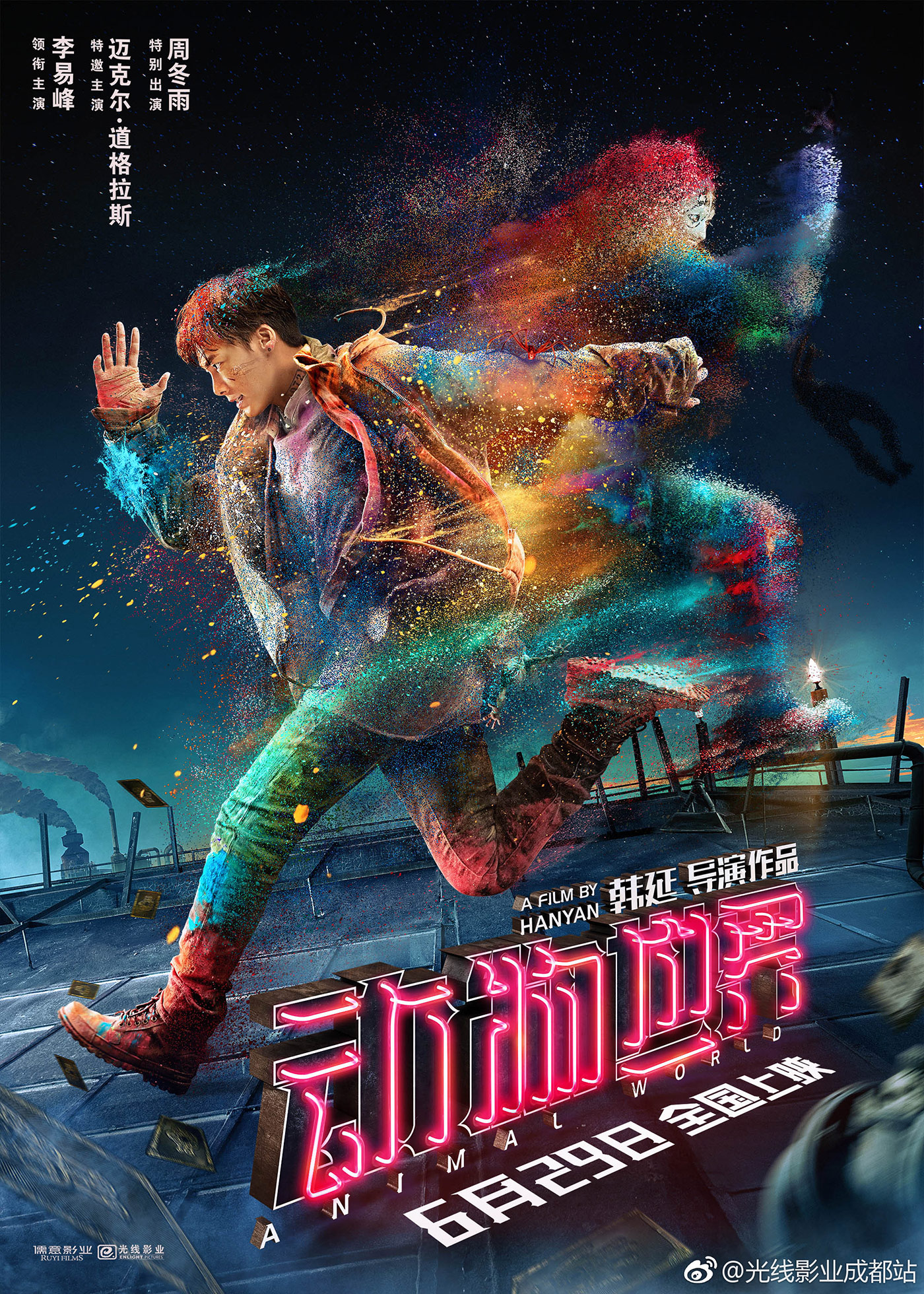

.png)